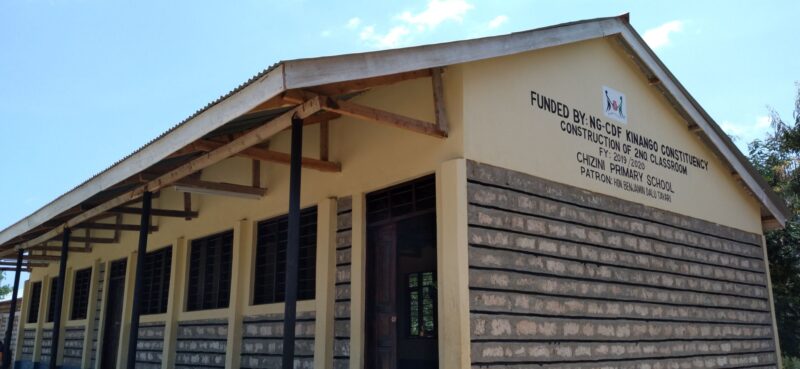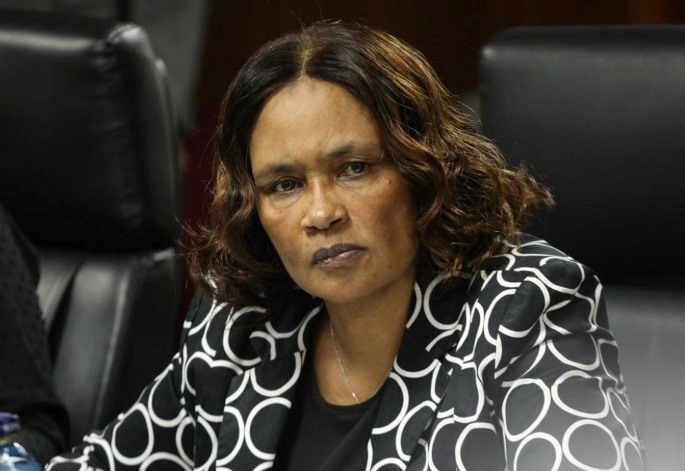President Ruto has defended the use of NG-CDF funds for classroom construction, saying each constituency receives at least Sh180 million annually—sufficient, in his view, to support Junior School infrastructure. He also stated that over 8,000 classrooms have been built through NG-CDF in three years.
In addition, the national government has built 17,000 classrooms, according to the President.
However, schools across the country continue to report severe infrastructure shortages. Overcrowded classrooms, insufficient laboratories, and limited learning spaces have strained teachers and affected learning outcomes under CBE.
Despite the construction efforts, population growth and rising enrolment have outpaced development. Many rural areas remain underserved, forcing learners to study in makeshift or congested spaces.
Education stakeholders say the gap shows that classroom construction efforts, though commendable, remain insufficient. The challenge is particularly acute in Junior School, where specialised rooms—science labs, ICT rooms and skill-based facilities—are required but rarely available.
Teachers say they are unable to effectively implement practical components of CBE due to limited facilities. In some schools, learners share desks, while others take lessons outside due to lack of space.
Experts argue that Kenya needs an integrated national infrastructure plan that goes beyond NG-CDF allocations. They suggest ring-fenced funding for Junior School development, a national audit of all learning spaces, and a coordinated approach involving county governments.
Without adequate facilities, even fully staffed schools will struggle to deliver CBE effectively.




